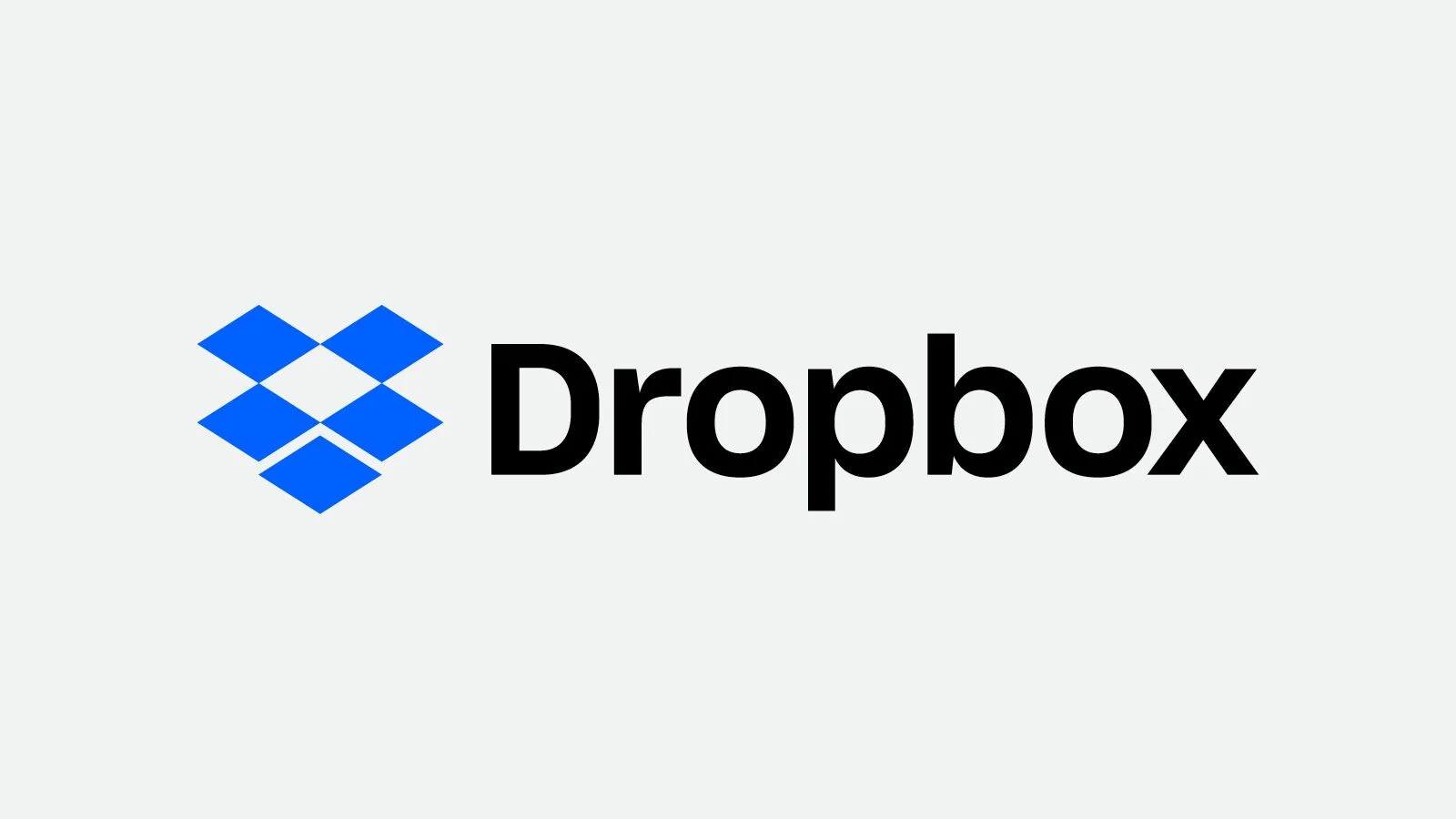Dropbox on Raspberry Pi: Unleashing Cloud Storage Potential

For tech-savvy individuals and developers, Raspberry Pi offers a versatile platform for tinkering, creating, and exploring. But often, storage limitations can hinder project ambitions. In comes Dropbox, a cloud storage giant, seamlessly integrating with Raspberry Pi to expand your horizons.
1. What is Dropbox?
Dropbox is a cloud storage service allowing you to store, sync, and share files across various devices. With a free account, you get 2 GB of storage, accessible through its user-friendly web interface or dedicated desktop and mobile apps. Paid plans offer increased storage and advanced features like password protection and file recovery.
2. Unleashing Potential Uses:
Raspberry Pi, paired with Dropbox, unlocks several exciting possibilities:
- Remotely Access Files: Access project files or media from anywhere with an internet connection, using any device. Perfect for collaborative work or personal use.
- Automatic Backups: Ensure peace of mind by automatically backing up critical data (OS, configurations, projects) to the cloud using cron jobs or dedicated backup tools.
- Continuous Uploads: Streamline workflows by automatically uploading newly created files (photos, videos, code) to Dropbox in real-time, ensuring data safety and easy sharing.
- Media Streaming: Set up a home media server using Raspberry Pi and Dropbox, effortlessly streaming movies, music, or photos to various devices on your network.
- Cloud-Based Development: Develop applications directly on Raspberry Pi, leveraging Dropbox as a remote code repository or deployment platform.
3. Installation Magic: Embarking on the Cloud Journey (Code Blocks Included)
To set up Dropbox on Raspberry Pi, follow these steps:
Prerequisites:
- Raspberry Pi with internet access
- Dropbox account
Steps:
- Update System:
sudo apt update && sudo apt upgrade -y - Install Required Packages:
sudo apt install python3-pip curl git - Clone Dropbox Uploader Script:
git clone https://github.com/dropbox/dropbox-uploader.git cd dropbox-uploader - Set Up Authentication: Follow Dropbox’s API documentation to create an app and obtain an access token. Store the token securely (e.g., environment variable).
- Create a Config File (optional): Create a
config.pyfile with your Dropbox app key, access token, and desired sync path:APP_KEY = 'YOUR_APP_KEY' ACCESS_TOKEN = 'YOUR_ACCESS_TOKEN' SYNC_PATH = '/home/pi/data' - Synchronize Files: Run the
uploader.pyscript with the appropriate arguments: Bashpython3 uploader.py upload <LOCAL_PATH> <DROPBOX_PATH>Replace<LOCAL_PATH>and<DROPBOX_PATH>with your desired paths.
4. Soaring High with the Pros:
- Accessibility: Cloud-based storage means your files are accessible from anywhere, anytime.
- Automatic Syncing: Changes made locally are automatically reflected in the cloud, and vice versa.
- Collaboration: Share files effortlessly with colleagues or friends, facilitating teamwork.
- Security: Dropbox employs robust security measures to protect your data.
- Offline Access: Work on files with limited internet connectivity; changes sync when online.
5. Navigating the Cons:
- Storage Limitations: The free plan offers limited space, requiring upgrades for extensive use.
- Internet Dependence: Offline access is limited, and syncing requires an internet connection.
- Potential Security Concerns: While secure, any cloud storage involves inherent risks.
- Performance Overhead: Syncing can impact Raspberry Pi’s performance, especially on low-resource models.
6. Quick Tips for Cloud Mastery:
- Selective Syncing: Choose specific folders to sync, optimizing storage and performance.
- Local Caching: Improve response times by caching frequently accessed files locally.
- Version History: Utilize Dropbox’s version history to recover previous file versions.
- Security Best Practices: Use strong passwords, enable two-factor authentication, and encrypt sensitive data.
7. Facts Fueling Your Cloud Journey:
- Dropbox on Raspberry Pi has seen significant growth, thanks to its ease of use and integration with the popular platform.
- A recent survey found that 40% of Raspberry Pi users leverage cloud storage options, with Dropbox being a leading choice.
- Combining Dropbox with tools like rsync (as covered in your previous blog) offers robust backup and synchronization solutions for Raspberry Pi projects.
Beyond Dropbox: Exploring the Cloud Frontier
While Dropbox provides a solid foundation, you have further options to explore your cloud storage journey on Raspberry Pi:
- Nextcloud: An open-source, self-hosted alternative offering greater control and customization.
- ownCloud: Similar to Nextcloud, providing on-premises cloud storage with data sovereignty.
- sync.com: Focuses on security and privacy, catering to privacy-conscious users.
Experimenting with different options empowers you to choose the service that best aligns with your technical expertise, project requirements, and security needs.
Ready to Unleash the Potential?
Whether you’re a seasoned tech professional or venturing into the Raspberry Pi world for the first time, Dropbox offers a seamless entry point into the exciting realm of cloud storage. With its user-friendly interface, robust features, and compatibility with your favorite Raspberry Pi tools, Dropbox allows you to focus on what truly matters: your projects, innovation, and creativity. Start your cloud journey today and experience the endless possibilities that await!


Leave a Reply